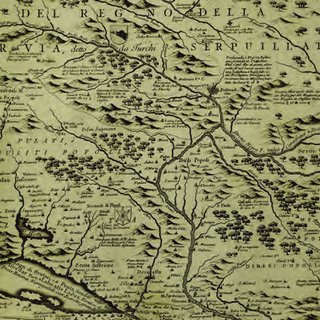Robert Maniura, Birkbeck University
The proposed paper offers a reflection on the vexed position of the pre-modern visual arts in Kosovo which sees medieval monuments under continuing armed guard. The violence which led to this state of affairs is sadly familiar, but this enduring phenomenon attracts little attention. The paper concentrates on the fate of the Serbian royal foundations in the region and suggests that it has important implications for the discipline of art history, whose established tools risk failing to find purchase on the polarised sectarian readings that have been forced on these monuments. The veneration of some of these nominally Christian sites by Muslims of varying ethnicities was well attested in the former Yugoslavia but has not been integrated into their historical study. This paper proposes that the neglect of this experience, which is itself receding into an elusive past, raises questions about art history’s methods and scope.
Robert Maniura studied the history of art at the Courtauld Institute. He has held Fellowships at Villa I Tatti, the Harvard University Center for Italian Renaissance Studies, and the Netherlands Inter-University Art History Institute in Florence, a Leverhulme Trust Research Fellowship and a British Academy Mid-Career Fellowship. He joined Birkbeck in 2001 and lectures on the art of both Northern and Southern Europe in the late Middle Ages and Renaissance. His publications include Pilgrimage to images in the Fifteenth Century: the origins of the cult of Our Lady of Częstochowa (2004) and Art and Miracle in Renaissance Tuscany (2018).
